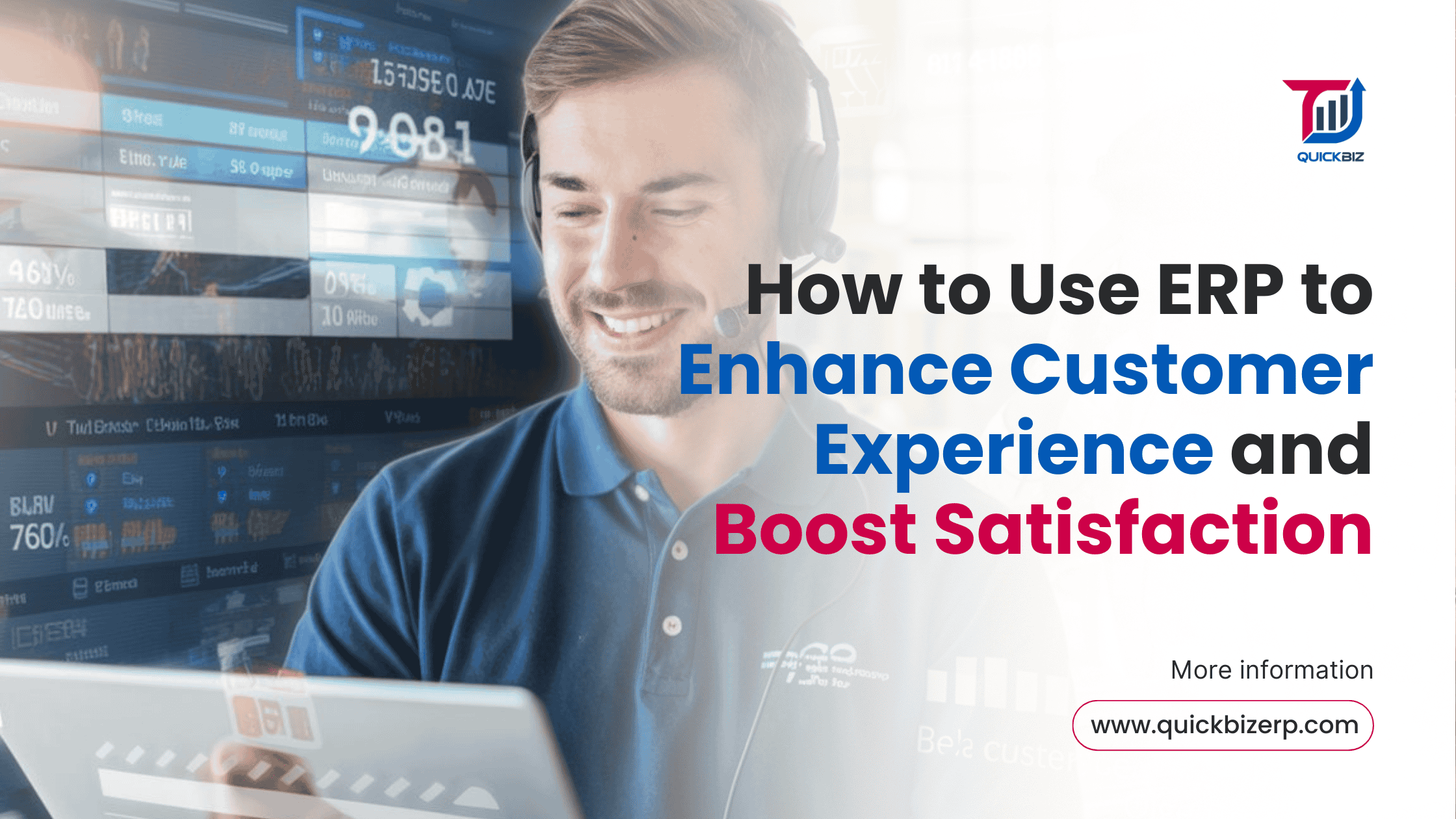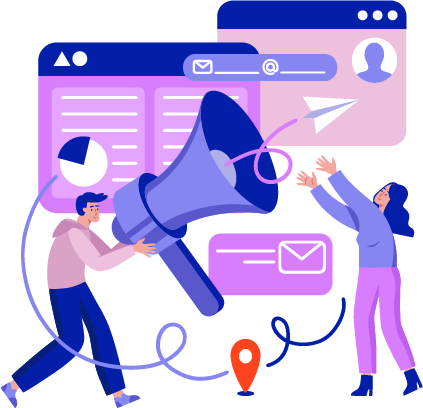How to Use ERP to Enhance Customer Experience and Boost Satisfaction

Introduction
Customer expectations have evolved. They now demand fast responses, seamless order tracking, and personalized service. Businesses that fail to meet these expectations risk losing customers to competitors. However, many companies struggle with fragmented data, slow processes, and manual errors, leading to poor service experiences. This is where Enterprise Resource Planning (ERP) software comes in. ERP centralizes data, streamlines operations, and enhances customer interactions—all in one platform. Let’s explore how ERP can help businesses deliver better customer experiences and boost satisfaction.
1. The Connection Between ERP and Customer Experience
ERP plays a critical role in improving customer service by:
- Centralizing customer data – A single source of truth for order history, preferences, and interactions.
- Automating processes – Reduces response times and eliminates manual errors.
- Improving interdepartmental communication – Ensures smooth coordination between sales, support, and logistics teams.
With ERP, businesses can offer faster service, personalized interactions, and seamless operations.
2. Real-Time Order Tracking and Faster Processing
Customers expect instant updates on their orders. ERP enables real-time order tracking, providing transparency and reducing inquiries.
- Automated order processing minimizes delays, ensuring timely fulfillment.
- Integrated logistics helps businesses meet delivery commitments efficiently.
3. CRM Integration for Personalized Customer Service
An ERP integrated with Customer Relationship Management (CRM) helps businesses deliver tailored experiences by:
- Tracking customer preferences and purchase history for personalized recommendations.
- Automating follow-ups: for customer inquiries and abandoned carts.
- Providing instant access to customer data, enabling quick issue resolution.
Personalized interactions build trust and improve customer retention.
4. Inventory Management and Product Availability
Stockouts and delays frustrate customers. ERP optimizes inventory management by:
- Providing real-time stock updates, preventing backorders.
- Using predictive analytics to forecast demand and maintain optimal stock levels.
- Automating reordering, ensuring popular items are always available.
This results in fewer cancellations, accurate deliveries, and happier customers.
5. Data-Driven Insights for Customer Satisfaction
ERP provides actionable insights into customer behavior, enabling businesses to:
- Analyze trends and anticipate customer needs.
- Use AI-powered reports to make proactive decisions.
- Optimize marketing efforts based on real-time data.
With a data-driven approach, businesses can improve service quality and strengthen customer relationships.
6. Faster Support and Issue Resolution
An ERP-powered automated support system ensures quick issue resolution, improving customer satisfaction.
- Automated ticketing reduces waiting times for support requests.
- AI chatbots handle routine inquiries, freeing up human agents for complex cases.
- Workflow automation ensures every complaint reaches the right department instantly.
Faster support leads to higher trust and stronger brand loyalty.
Conclusion
ERP is more than an operational tool—it’s a customer experience enhancer. From real-time tracking to automated support, it ensures businesses can meet customer expectations efficiently. Adopting ERP streamlines processes, eliminates errors, and improves service quality, giving businesses a competitive edge.

